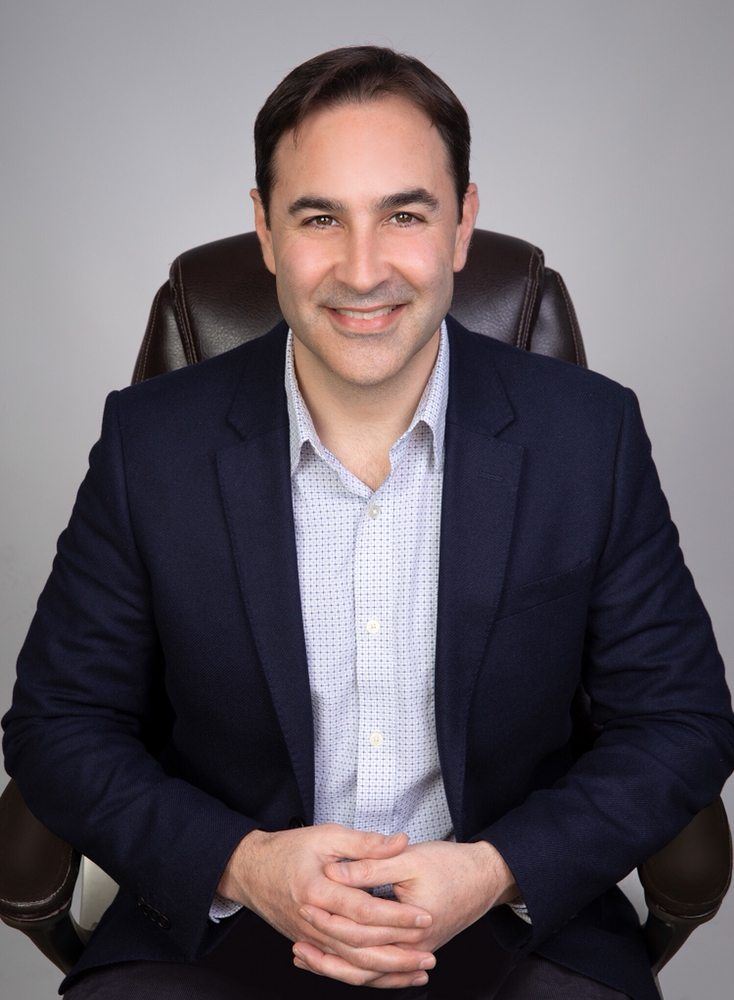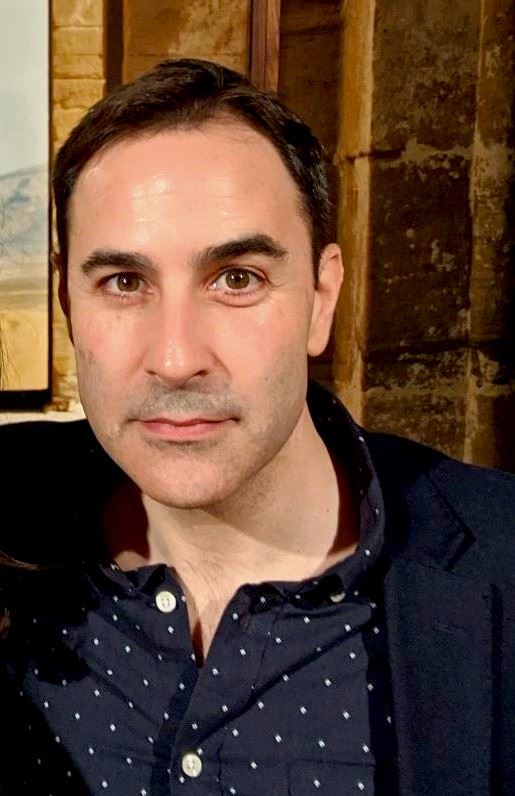 by Mark Mouro, LMFT
by Mark Mouro, LMFT
Fall 2022 Newsletter
It is summertime as I write this, and we are on break from classes at the Palo Alto Psychoanalytic Psychotherapy Training Program (PAPPTP). Therefore, this article will discuss my case consultation for the first year. To receive a certificate of completion of the program as a psychoanalytic psychotherapist, students must treat two patients (one each year) with accompanying weekly case consultation. PAPPTP strongly encourages you to see these cases more than once a week, since increased frequency typically facilitates greater engagement and therapeutic efficacy. The PAPPTP roster of case consultants is limited to analyst members and psychoanalytic candidates of the San Francisco Center for Psychoanalysis (SFCP). Thankfully, case consultants offer reduced fees for candidates.
From the beginning my consultant stressed the importance of writing down thoughts and feelings immediately after each session. I would take a couple of minutes to note a few impressions that I could return to later. This got me in the practice of sitting for a moment and being mindful of what is left in the wake of a session. What promptly remained at the close of a session may take on significant meaning on further reflection. And that seemed to shape the focus for each consultation. It gave me a starting point to think about why these things stood out most.
While it is suggested and ideal to have one patient for the entire year, that just did not happen for me. But it gave me an opportunity to try different ways to engage in my case in consultation. For the first patient I was able to audio record our sessions, and not surprisingly, that turned out to be invaluable. This is something I had not done since before I was licensed, and yet, always knew it was one of the best ways to analyze my work and improve as a therapist. First and foremost, just listening to the session afterwards gave me a different perspective. So frequently I found myself catching things that I missed when I listened to the session later. A specific word, an inflection point or a pause the second time around can take on greater meaning. But surprisingly, it was the process of transcribing and reading out the session line by line in consultation that offered me a divergent view at times. Reading my patient’s words forced me to think about them differently. Paying particular attention to the ways in which they constructed their sentences, the tempo in which they expressed their thoughts, and the direction they went with their ideas had me reflecting more deeply on my original interpretations.
The second main takeaway in case consultation was the way in which my consultant gave feedback. I was expecting some form of criticism or approval but that never came. Rather, she offered her thoughts on what an analytic response to the patient might sound like. She suggested ways to think differently by how the patient’s words or phrases might be understood. She also gave her own interpretations on the patient’s motivations and emotions. After listening to my reading of what was said in session and my thoughts on what was transpiring in the moment, she then gave an alternative explanation on the meaning of our interaction. This was never done with a comment that my way was wrong or right, just different. And trust me, at times I really wanted a debate! But as you might have guessed, this helped in the beginning to create an environment in which I never felt judged or inadequate. And fittingly, that allowed me to bring forth any of my insecurities.
Perhaps the most salient takeaway, though, was how frequently she returned to the theme of the relationship between the patient and me. She spoke about how important it is to look for the opportunities to comment on what is happening between the two of us in the moment. Or inquire how the patient understands what is happening between the two of us, right then and there. For this client in particular, I would be mindful of times in which they might be fearful of disclosing something. This could provide a chance for the patient to reflect on their level of trust in me. And that could help us explore the deep seated shame they experience with me and others around them. Maybe then, in relation, the harsh criticism they have for their self would loosen its hold.
Looking forward, another thing in case consultation that I hope to develop more, as I gain more experience, is creating a space for the patient to reflect on how they think. I will be looking for ways to invite my patient to investigate their particular method of relating to others and their self. Just as my consultant is guiding me to shift the way in which I see things, my goal in session is to get my patient interested in being curious about their own metacognition.
Those of us in private practice have a very unique line of work in which it is possible that no colleague or boss could ever see our work. And I think the longer that goes on, the more reticent we may be to get consultation. Once we get past any initial intimidation, case consultation may be one of the best ways to ensure we are providing the best service we can. This experience has provided me greater confidence in my ability and an increased competence in my work.
 Mark Mouro, LMFT is a psychotherapist working in private practice in San Jose. He specializes in working with couples and many of his clients are parents with young children. He is currently in psychoanalytic psychotherapy training at PAPPTP. Previously, he was a therapist on staff at The Couples Institute in Menlo Park. He lists his experiences with Vipassana meditation, foreign travel and lobbying with CAMFT as being most influential. Mark lives in Willow Glen with his tech working wife and two young sons.
Mark Mouro, LMFT is a psychotherapist working in private practice in San Jose. He specializes in working with couples and many of his clients are parents with young children. He is currently in psychoanalytic psychotherapy training at PAPPTP. Previously, he was a therapist on staff at The Couples Institute in Menlo Park. He lists his experiences with Vipassana meditation, foreign travel and lobbying with CAMFT as being most influential. Mark lives in Willow Glen with his tech working wife and two young sons.
Fall 2022 Newsletter
